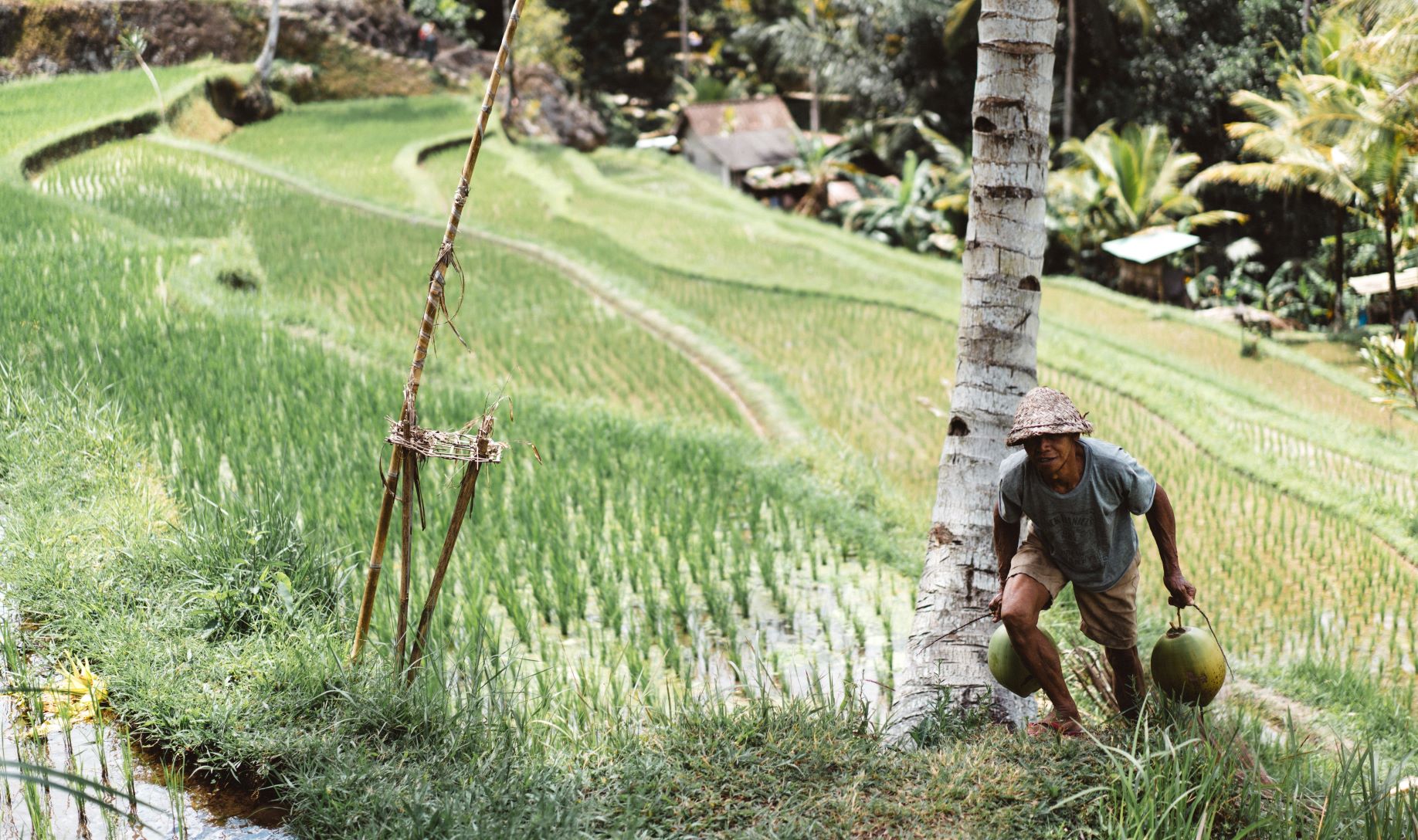8 ways to help farmers escape poverty while adapting to a harsher environment
There is a strong alternative pathway to supporting and scaling sustainable, productive techniques that allow farmers to lift themselves out of poverty, while building resilience to climate change and contributing to healthy communities
A
rid climate in desert regions like the Middle East and Africa do not seem like sensible environments for agriculture. But farmers are learning to be resourceful and working with nature instead of against it by adapting.
Many Boran people of Kenya, for example, have swapped cattle for camels because the long-necked desert dwellers survive on minimal water and produce six times as much nutrient-rich milk. In the last decade, the camel count in Kenya has grown from 800,000 to 3 million.
Meanwhile, in Vietnam on the Mekong Delta province of Tra Vinh, farmers have escaped poverty by shifting from rice to maize or peanut cultivation, as well as breeding goats and aquatic species.
Arid farming techniques
Farming practices such as switching livestock, crop diversification, and experimenting with completely different methods of agriculture are helping farmers lift themselves out of poverty.
Steve Brescia, executive director of Groundswell International, says there are two basic pathways in the contested space of agricultural development. These include industrialized agriculture and the transition to agroecology, which is rooted in rebuilding the relationship between agriculture and the environment.
Industrialized agriculture is ‘business as usual’ and not working, says Brescia. “There is much documentation and evidence of the need to create a transition in our agriculture and food systems towards agroecology, which can create healthier farming and food systems for people and the planet.
Agroforestry in the West African Sahel is one example. In this region Farmer Managed Natural Regeneration of Trees (FMNR) covers crops and ‘green manures’ that fertilize soil, rain water harvesting, and improving and distributing local seed varieties.

In Vietnam farmers have escaped poverty by shifting from rice to maize. Photo by Joshua Newton / Unsplash
Diversification and more
Another route is diversification to ensure the focus isn’t only on lower value crops,such as Maize, but to include higher value produce like tropical fruits. This practice is encouraged by Volcani International Partners, a nonprofit aiming to strengthen Israel’s standing as a global leader of agricultural innovation.
According to a report released by Volcani, more than 40% of Israel’s vegetables and field crops are grown in the desert.
“We are often asked how we managed to create an agricultural transformation here in Israel – and what lessons Israel’s story might hold for other countries,” says Dan Amias, project manager for emerging markets at Volcani.
While diversification is vital for farmers to sustain livelihoods in climate risk regions, Volcani encourages addition smallholder farmers to employ a number of additional methods to escape poverty
- Adopt climate change adaptation techniques, such as adopting more water-efficient tech like drip irrigation.
- Improving access to farming inputs (fertilizer)
- Boosting productivity of the farms through encouraging better farming practices
- Improved access to technologies (e.g. tractors)
- Improved access to finance
- Improved access to crop/livestock insurance
- Improved access to markets
The ideas presented in this article aim to inspire adaptation action – they are the views of the author and do not necessarily reflect those of the Global Center on Adaptation.